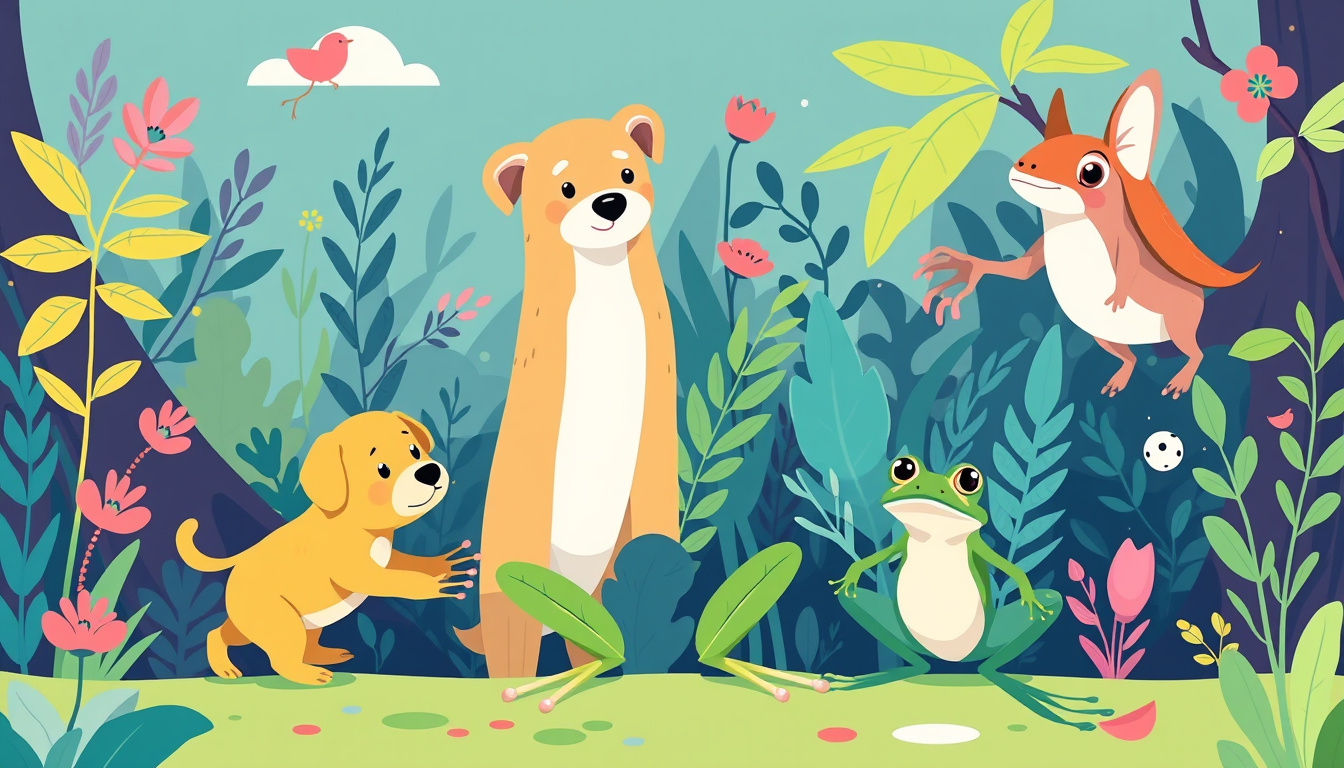Have you ever looked at a cute baby animal and thought, ‘Aww, they look so much like a tiny version of the adult?’ This phenomenon where juvenile traits continue into adulthood is known as neoteny.
It’s not just an endearing characteristic; neoteny plays a significant role in evolution and our understanding of biological development.
In this article, we’ll dive deep into the secrets of neoteny, exploring its implications in evolution, its fascinating examples in the animal kingdom, and even how it shapes human development.
Along the way, we’ll also touch on cultural perceptions of neoteny and what the future holds for research and conservation in this intriguing area.


Neoteny in Humans: How It Affects Development
Neoteny is a fascinating biological concept that refers to the retention of juvenile traits into adulthood, and it plays a significant role in human development.
Unlike many other species, humans exhibit neoteny by maintaining childlike characteristics such as a flat face and large eyes well into adulthood.
This phenomenon not only influences physical appearance but also impacts behavioral traits, promoting social bonding and communication skills that are essential for nurturing relationships.
As we mature, neoteny can enhance our learning ability and capacity for empathy, pushing us to collaborate and innovate in unique ways.
Understanding neoteny helps us appreciate the depth of human development and encourages us to embrace our youthful qualities as we grow older.
Cultural Perspectives on Neoteny and Its Influence
Neoteny, a fascinating concept that refers to the retention of juvenile traits in adult organisms, extends beyond biology into various cultural realms, influencing art, design, and even societal norms.
This phenomenon is especially relevant in how we perceive youthfulness and innocence, shaping everything from advertising strategies to beauty standards.
In contemporary culture, neoteny can be seen in popular media, where characters often embody youthful features to appeal to younger audiences, tapping into a collective nostalgia and desire for innocence.
Moreover, many cultures celebrate neotenous characteristics as symbols of beauty and vitality, suggesting a deeper psychological allure surrounding those who exhibit such traits.
Understanding neoteny in a cultural context not only enriches our appreciation of art and design but also encourages a dialogue about age, beauty, and the societal pressures placed upon individuals to conform to certain ideals.
Frequently Asked Questions
What is neoteny?
Neoteny refers to the retention of juvenile features in the adult stage of an organism.
This phenomenon can influence physical characteristics, behavior, and development in various species, including humans.
How does neoteny impact evolutionary biology?
Neoteny plays a significant role in evolutionary biology by influencing the pace of development and adaptations in species.
It can lead to changes in reproductive strategies and survival, potentially affecting the evolution of a species over time.
Can you provide examples of neoteny in animals?
Yes, some notable examples of neoteny in animals include salamanders, which may retain gills and aquatic habits into adulthood, and certain dog breeds that display juvenile traits such as a flat face and large eyes.
How does neoteny affect human development?
In humans, neoteny can manifest in various ways, such as our relatively large heads and flat faces compared to our ancestral forms.
This retention of juvenile characteristics may influence social behavior and cognitive development.
What are some cultural perspectives on neoteny?
Cultural perspectives on neoteny vary significantly, with some cultures valuing youthful traits and behaviors, while others may emphasize maturity and adulthood.
These perspectives can shape societal norms, artistic expressions, and views on aging.

